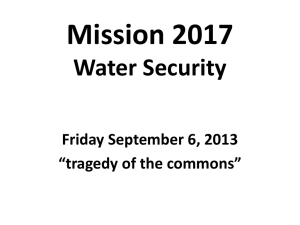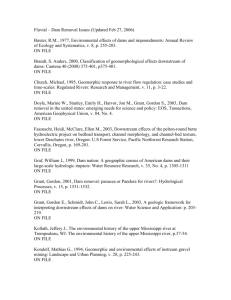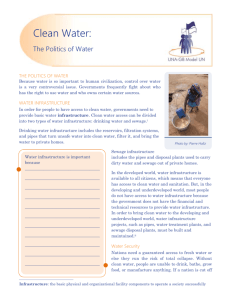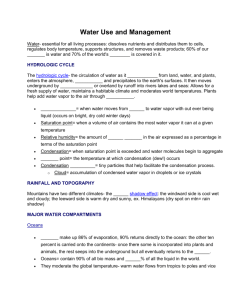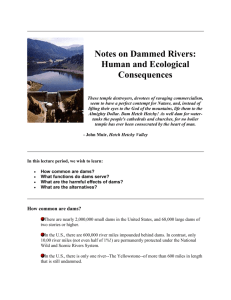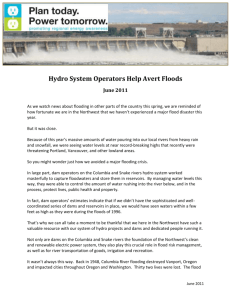Using Natural Flow Classes to Estimate Hydrologic Alteration by
advertisement
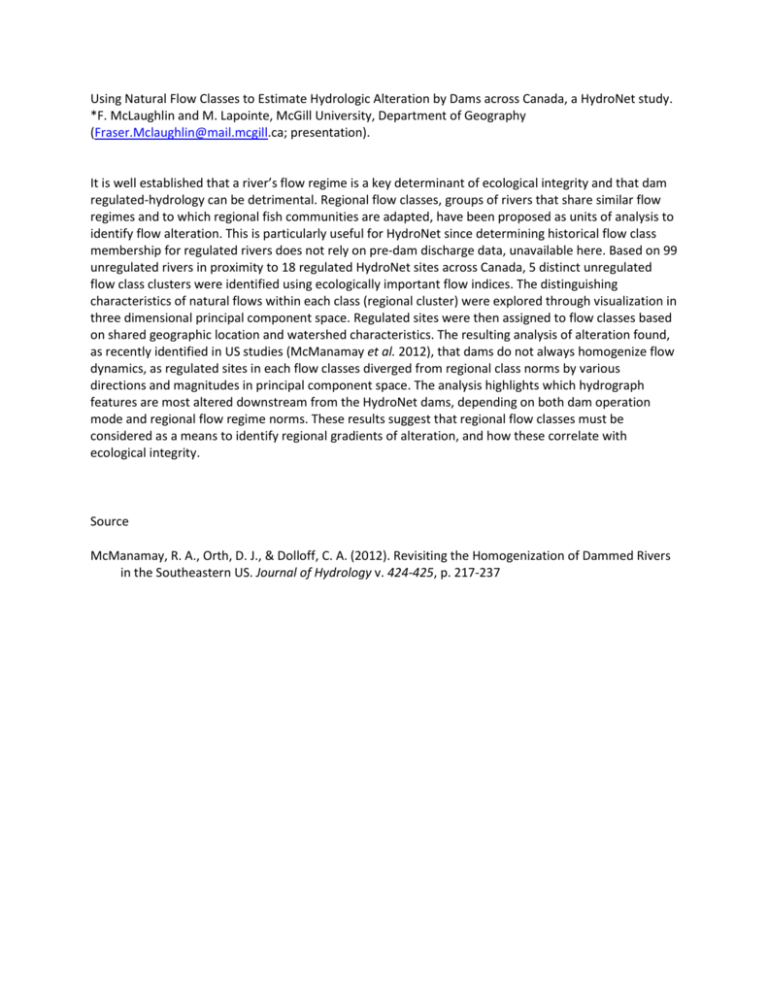
Using Natural Flow Classes to Estimate Hydrologic Alteration by Dams across Canada, a HydroNet study. *F. McLaughlin and M. Lapointe, McGill University, Department of Geography (Fraser.Mclaughlin@mail.mcgill.ca; presentation). It is well established that a river’s flow regime is a key determinant of ecological integrity and that dam regulated-hydrology can be detrimental. Regional flow classes, groups of rivers that share similar flow regimes and to which regional fish communities are adapted, have been proposed as units of analysis to identify flow alteration. This is particularly useful for HydroNet since determining historical flow class membership for regulated rivers does not rely on pre-dam discharge data, unavailable here. Based on 99 unregulated rivers in proximity to 18 regulated HydroNet sites across Canada, 5 distinct unregulated flow class clusters were identified using ecologically important flow indices. The distinguishing characteristics of natural flows within each class (regional cluster) were explored through visualization in three dimensional principal component space. Regulated sites were then assigned to flow classes based on shared geographic location and watershed characteristics. The resulting analysis of alteration found, as recently identified in US studies (McManamay et al. 2012), that dams do not always homogenize flow dynamics, as regulated sites in each flow classes diverged from regional class norms by various directions and magnitudes in principal component space. The analysis highlights which hydrograph features are most altered downstream from the HydroNet dams, depending on both dam operation mode and regional flow regime norms. These results suggest that regional flow classes must be considered as a means to identify regional gradients of alteration, and how these correlate with ecological integrity. Source McManamay, R. A., Orth, D. J., & Dolloff, C. A. (2012). Revisiting the Homogenization of Dammed Rivers in the Southeastern US. Journal of Hydrology v. 424-425, p. 217-237

